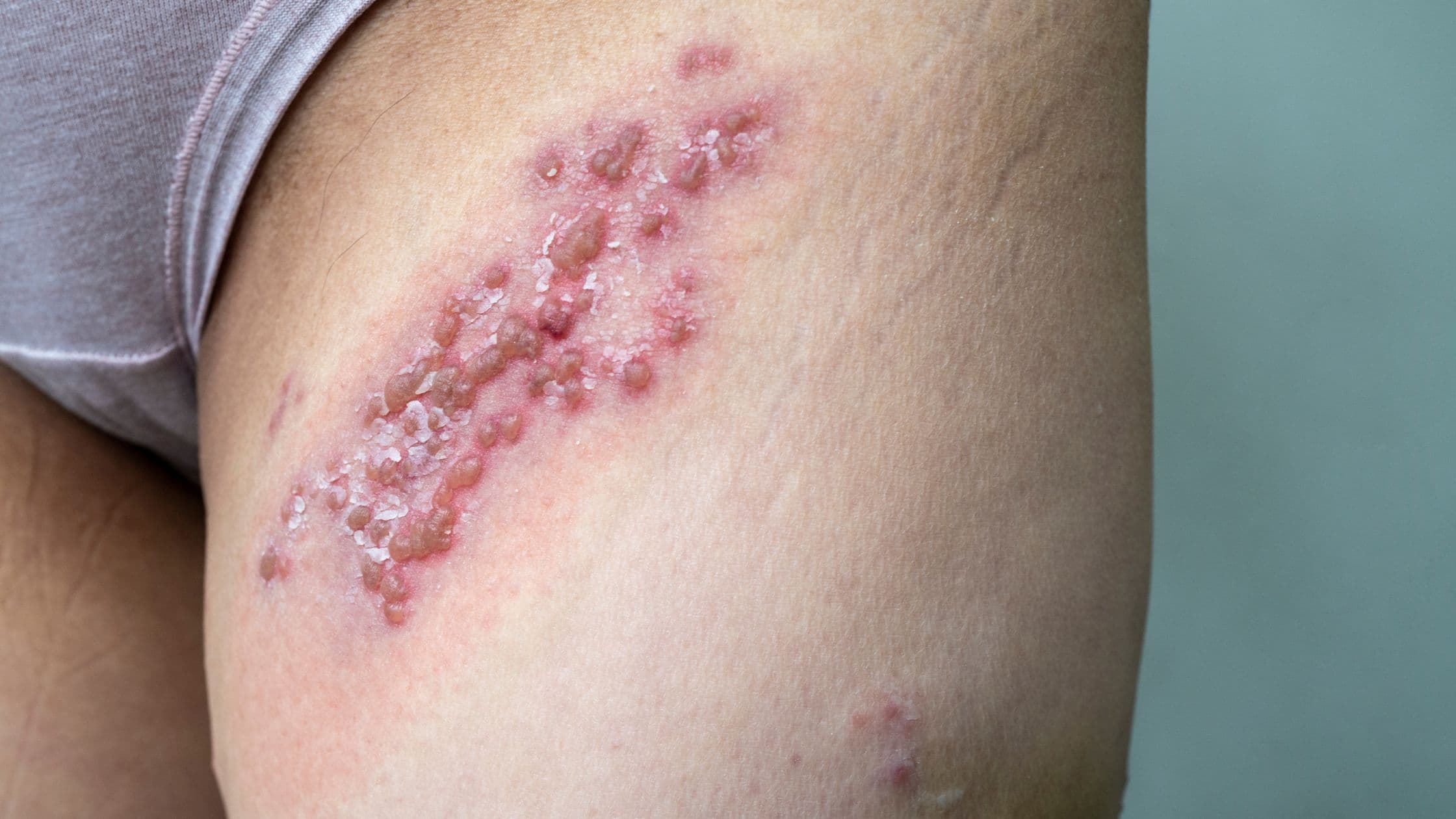Demystifying Genital Herpes: Understanding, Managing, and Living with the Virus
Genital herpes is a common sexually transmitted infection (STI) caused by the herpes simplex virus (HSV). It can cause outbreaks of painful blisters or sores in the genital area, buttocks, and thighs. While there's no cure for genital herpes, effective management strategies can significantly reduce outbreaks, lessen the severity of symptoms, and decrease the risk of transmission to sexual partners.

Understanding the Different Strains:
There are two main strains of the herpes simplex virus that cause genital herpes:
- HSV-1: This strain typically causes cold sores or fever blisters around the mouth. However, oral sex can transmit HSV-1 to the genitals, resulting in genital herpes.
- HSV-2: This strain is the most common cause of genital herpes and is primarily transmitted through vaginal, anal, or oral sex with someone who has the virus.
Recognizing the Signs and Symptoms:
The initial outbreak of genital herpes can occur within days or even weeks after exposure to the virus. Symptoms can vary from person to person, but some of the most common ones include:
- Small red bumps or blisters in the genital area, buttocks, or thighs
- Pain, burning, or itching around the genitals
- Urinary discomfort or burning sensation when passing urine
- Swollen lymph nodes in the groin area
- Flu-like symptoms such as fever, fatigue, and body aches (during the first outbreak)
It's important to note that some people with genital herpes may not experience any noticeable symptoms, especially during subsequent outbreaks.